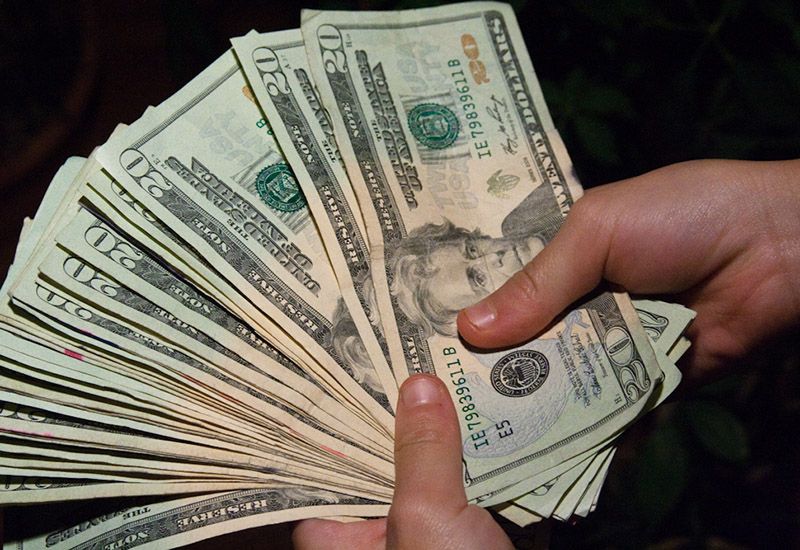
Ever feel like your bank account is playing hide-and-seek with your money, and you’re always losing? You’re definitely not alone! It turns out, banks collected a staggering $5.8 billion in overdrafts and NSF fees in 2023 alone, and that’s just the tip of the iceberg. Many customers find themselves paying hundreds of dollars in various bank fees over just a few months, often for charges they never even knew existed until it’s too late.
Traditional banks, bless their hearts, sometimes profit from a little customer confusion when it comes to their fee structures. But hey, knowledge is power, right? We’re here to pull back the curtain on these sneaky charges that might be draining your hard-earned cash, often at times when you can least afford it. Imagine redirecting that money you protect right into your savings account, enjoying that sweet financial peace of mind!
This isn’t about shaming anyone; it’s about empowering you to take control. We’re diving deep into the most common hidden bank fees, explaining exactly what they are, how they hit your wallet in the real world, and most importantly, giving you specific, easy-to-follow strategies to avoid them altogether. Get ready to turn the tables on those pesky charges and keep your money where it belongs—with you!
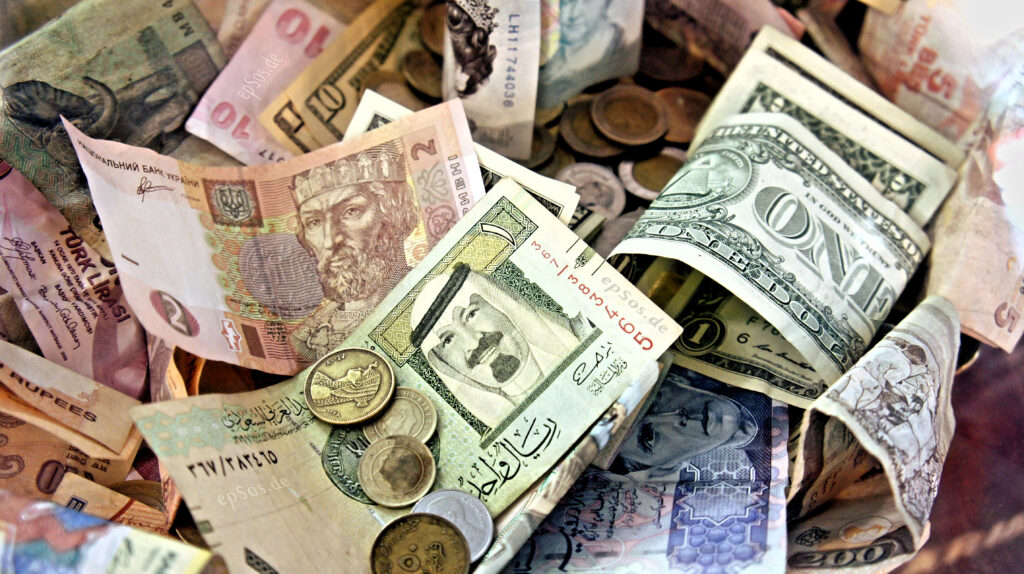
1. **Overdraft and Non-Sufficient Funds (NSF) Fees**Okay, let’s kick things off with arguably the biggest money-suckers in banking: overdraft and non-sufficient funds (NSF) fees. These aren’t just annoying; they’re one of banking’s most profitable revenue streams, generating substantial income from what are essentially customer financial missteps. An overdraft fee kicks in when your bank covers a transaction that pushes your account into the negative, while an NSF fee means the transaction is simply declined because you don’t have enough funds.
Here’s the problem: banks often charge an average of $35 every single time your account goes negative, even if it’s just by a few cents. And get this – some institutions might allow multiple overdraft fees per day, meaning a single day of bad timing could rack up $175 or more in charges. What’s even wilder is that many banks deliberately process your largest transactions first, followed by smaller ones, which can maximize the number of overdrafts they can charge you for. Talk about adding insult to injury!
The real-world impact of these fees is brutal, especially when you’re already stressed about your finances. When your balance is low, banks can process transactions in a way that truly maximizes their fees. A single day where automatic payments and small purchases overlap can lead to multiple overdraft charges that quickly add up to more than the actual transaction amounts. Plus, if you write a check that bounces or have a direct deposit returned due to insufficient funds, your bank might hit you with a returned item fee ranging from $25 to $40 per item. These can stack up super fast!
So, how do you avoid these financial vampires? The simplest protection is to just opt out of overdraft coverage entirely. Your card will be declined instead of triggering fees, which, let’s be real, is usually the better outcome. Another smart move is to set up account alerts that notify you when your balance drops below a certain level, say $100. You can also link your savings account for automatic transfers to your checking account when it runs low, acting as a free safety net. Many banks also offer overdraft forgiveness for first-time incidents, so it’s always worth asking!
Don’t forget you have plenty of other options out there! Consider exploring credit unions, which often have lower fees, or online banks, many of which proudly boast no overdraft charges at all. Banks like Ally, Capital One, and Citibank have already eliminated these fees, so it’s a good idea to compare and see if switching could save you a bundle. Your banking relationship should build wealth, not drain it through sneaky charges!
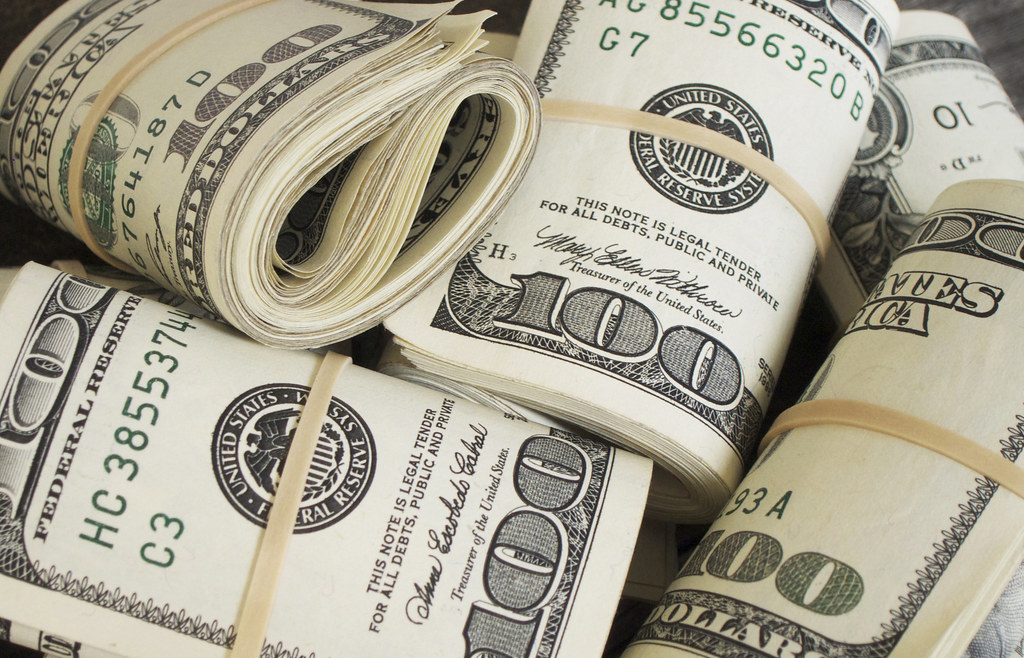
2. **Monthly Maintenance and Service Fees**Ah, the classic monthly maintenance fee. It’s like paying rent for your own money, isn’t it? Many banks will charge you a monthly fee just to keep your funds in an account with them, especially if you’ve opened a business account for professional services and transactions. You’re basically paying for the privilege of banking, even if you’re not actively doing much with your account. It’s one of the most common expenses banks charge, and often, they don’t go into great detail about where these fees actually go.
These fees aren’t exactly pocket change, either. They typically vary between $4 and $25, but the average checking account maintenance fee can be around $15.45 for interest-bearing accounts and $5.47 for non-interest accounts. This can seriously add up over a year, potentially costing you hundreds of dollars annually for what’s advertised as a “free” account. It’s a prime example of how traditional banking can sometimes hide costs in plain sight.
But here’s the good news: this fee is totally avoidable! Many banks will waive these fees if you meet certain requirements. This often means maintaining a minimum balance (sometimes exceeding $1,500!), setting up a direct deposit, or making a certain number of transactions with your debit card. So, before you commit, make sure to check the fine print and pick an account that either doesn’t charge these fees or has waiver requirements you can easily meet. Your money should be working for you, not the other way around!
If you’re tired of jumping through hoops, consider alternatives. Online-only banks frequently offer genuinely free checking with no balance requirements or tricky conditions. Credit unions also typically have lower minimum balance thresholds and more reasonable fee structures. Even if you prefer traditional banks, knowing their waiver rules helps you ensure you maintain the required direct deposit amount or sufficient combined balances to keep those fees at bay. Think of it as a little financial game where you always win!
Read more about: Your Family’s Ultimate Money Makeover: 14 Essential Budget Categories You Can’t Afford to Ignore!

3. **Out-of-Network ATM Fees**Need some cash on the go? If you step outside your bank’s approved ATM network, get ready for a double whammy! Out-of-network ATM fees might seem small individually, but trust us, they accumulate into substantial annual costs if you’re someone who constantly needs cash. It’s not just your bank that charges you; the owner of the ATM often adds their own fee too. It’s like a surprise party for your wallet, and you’re not the one getting presents.
The problem is, these fees can quickly add up. Out-of-network ATM fees typically range from $2 to $5 per transaction. The total cost of withdrawing money from an out-of-network ATM currently averages $4.77, which is an all-time high! The average ATM surcharge comes in at $3.19, and then your own bank often tacks on another $1.58 for using another institution’s machine. International travel makes these costs multiply dramatically, with foreign ATMs usually charging conversion fees in addition to withdrawal fees, and some even offering dynamic currency conversion at unfavorable exchange rates. Ouch!
Imagine a business traveler spending hundreds annually on ATM fees alone just by accessing cash frequently overseas. Or someone grabbing cash during daily errands who doesn’t even realize how quickly convenience store ATM charges accumulate over months. These fees often fly under the radar until you actually sit down and review your annual banking costs. It’s one of those hidden drains that can really eat into your budget without you noticing it day-to-day.
So, how do you avoid these little money-munchers? Smart planning is your best friend here! Credit unions often provide access to massive ATM networks, like CO-OP and Allpoint, with no fees. Many online banks also go a step further and reimburse all ATM charges monthly, which is a sweet deal. And here’s a pro tip: grocery stores often offer cash back with purchases, completely eliminating the need for an ATM visit entirely!
You can also adopt some smart habits: withdraw larger amounts less frequently, use your bank’s branches during business hours, or download ATM locator apps to find fee-free machines near you. Choosing banks with extensive ATM networks is a no-brainer if you’re a cash-heavy person. These simple adjustments can save you a surprising amount of money over time, keeping more cash in your pocket for the fun stuff.

4. **Excessive Transaction Fees on Savings Accounts**Think your savings account is a safe haven for your funds, totally free of sneaky charges? Think again! Banks often impose transaction limits on savings accounts that can generate totally unexpected fees for customers who use these accounts too much. It’s a classic “transaction trap” that can catch many off guard, transforming your savings into a costly venture if you’re not careful.
Historically, federal regulations (specifically Regulation D) limited savings account withdrawals to six per month. Even though that regulation has since been removed, many banks have stubbornly kept these savings and money market account limitations in place. What does that mean for you? If you go beyond those first six withdrawals, you could be paying anywhere from $3 to $25 *per transaction* above the limit. That’s a huge penalty for trying to access your own money!
Most customers are genuinely unaware that their savings accounts have these transaction restrictions. Banks count a wide range of activities toward these limits, including transfers to checking, ATM withdrawals, and even online bill payments. Imagine a college student using her savings account for daily expenses, thinking the higher interest rates make it a smarter choice than a checking account. She could easily pay substantial excess fees before realizing the problem. Or someone facing a medical emergency needing multiple urgent transfers, triggering significant penalties across several transactions. It’s a real bummer!
So, how do you escape this transaction trap? The easiest way is to keep a close eye on your transactions and consciously limit how often you withdraw from savings. Remember, savings accounts are generally meant for long-term goals or emergencies, not for daily spending. If you regularly withdraw, you’re not only racking up fees but also not maximizing your interest earnings.
For funds you need to access frequently, like an emergency fund that might require immediate use, it’s much smarter to keep it in a checking account. Plan larger, less frequent transfers instead of multiple small withdrawals. And good news: many online banks have completely eliminated these excess transaction fees, offering a breath of fresh air for your savings. Strategic account management can really make a difference here!
Read more about: Beyond the Balance: Some Clear Signs You’re Overfunding Your Checking Account
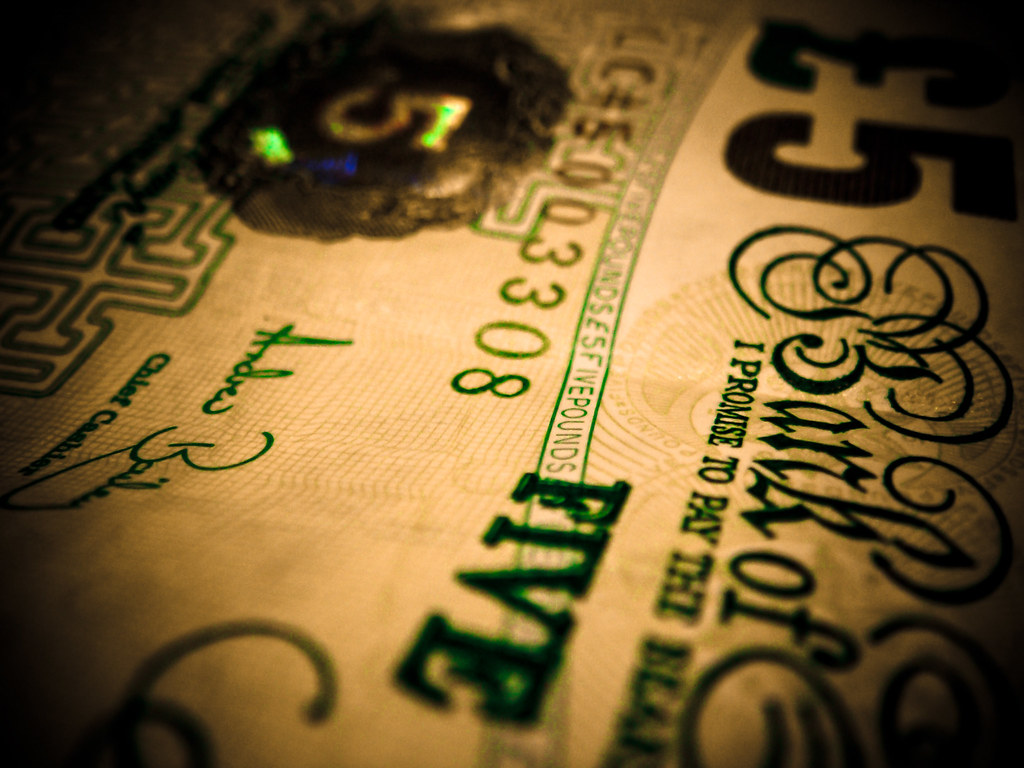
5. **Wire Transfer and Money Movement Fees**Moving your own money around shouldn’t feel like navigating a minefield, but when it comes to wire transfers and other money movement services, banks often have a field day with fees that they definitely don’t advertise up front. What seems like a convenient payment route can actually be rife with unexpected costs, turning a simple transfer into a costly ordeal. It’s another one of those hidden charges that can really sneak up on you.
Let’s break down these money-moving fees. Domestic wire transfers typically cost anywhere between $15 and $30. But if you’re sending money internationally? Brace yourself, because those can range from a whopping $65 to $100 or more per transaction! And it’s not just big international transfers. Some banks will even charge you for seemingly simple transfers between your own accounts if they’re at different financial institutions. Even mobile deposit fees can apply if you’re depositing checks virtually with a smartphone camera (around 50 cents per check). Oh, and don’t forget fees for expedited ACH transfers or same-day processing – banks can charge for those too.
The real-world costs often hit hardest during emergencies. Imagine a woman whose father has a medical emergency abroad and she needs to send money immediately. The wire transfer fee could be $45 from her bank, plus the receiving bank might tack on an additional $25! Or a homebuyer learning about wire fees during the purchase process, where a delayed wire transfer could nearly derail the closing. They might be forced to pay extra fees to expedite the process, adding stress to an already stressful situation. It truly exposes the actual cost of wire transfers.
So, how can you avoid these hefty charges? Modern payment apps are your best friends for personal transactions. Services like Zelle, Venmo, and PayPal allow you to move money instantly between friends and family at absolutely no cost. For international transfers, specialized services like Wise often offer better exchange rates and significantly lower fees than traditional banks. Planning ahead is key!
For non-urgent domestic payments, ACH transfers are usually free alternatives. Credit unions might also offer wire services with reduced fees, so it’s worth checking them out. And if you have recurring payments, utilize bill pay systems to avoid single-transaction fees. Double-checking in advance is always smart, as banks won’t always disclose transfer fees before you’ve completed the transaction. For example, PNC has started charging $3 for teller-assisted transfers over the phone or in person, so always be mindful!
Read more about: Tens of Thousands of Epstein Emails Unearthed: A Deep Dive into the Architect of a Shadow Network

6. **Paper Statement and “Convenience” Fees**Remember when getting a paper statement in the mail was just… normal? Well, those days are increasingly behind us, and for some banks, that “convenience” now comes with a price tag. Banks are starting to charge fees for services that were once standard, essentially rebranding basic customer service as premium conveniences. It’s like paying extra for the air in your tires – totally unnecessary, but they’re trying to make you think it’s a perk!
The hidden cost of traditional banking can be surprisingly significant. Paper statement fees can range from $2 to $5 per month at certain banks. That adds up to a potential $60 annually just for customers who prefer physical records. And it doesn’t stop there! Some banks might charge $5 or more per call for telephone banking assistance, even for simple balance inquiries. If you need to pay a bill over the phone, that could set you back $10 to $15, even if the bank representative only takes a few minutes to process the payment. It’s a tough pill to swallow when you realize how basic these services are.
These seemingly small charges can quickly become expensive in real life. Imagine an elderly customer who refuses to use online banking and pays $5 monthly for paper statements because she prefers physical records for tax preparation. Or a business traveler whose automatic payment fails during a trip, so he calls to make an emergency payment by phone, only to discover a $15 convenience fee *after* the transaction is complete. These scenarios highlight how easily these fees can catch you off guard, impacting those who are least tech-savvy or most vulnerable during stressful times.
Want to eliminate these unnecessary bank fees? It’s actually quite simple. Electronic statements provide the exact same information without any monthly charges and often come with better organization through search functions. Mobile banking apps can handle most transactions that previously required phone calls, right from the palm of your hand. Setting up automatic bill pay not only prevents late fees but also completely eliminates the need for emergency phone payments and their associated costs.
So, embrace the digital age! Download PDF statements instead of getting paper copies, use online bill pay systems, and set up account alerts to avoid those emergency calls. You can even order checks from discount third-party companies instead of directly from the bank to save a few bucks. These cost-cutting strategies put the power back in your hands, ensuring you’re not paying extra for basic services you can get for free.
Read more about: Your Family’s Ultimate Money Makeover: 14 Essential Budget Categories You Can’t Afford to Ignore!
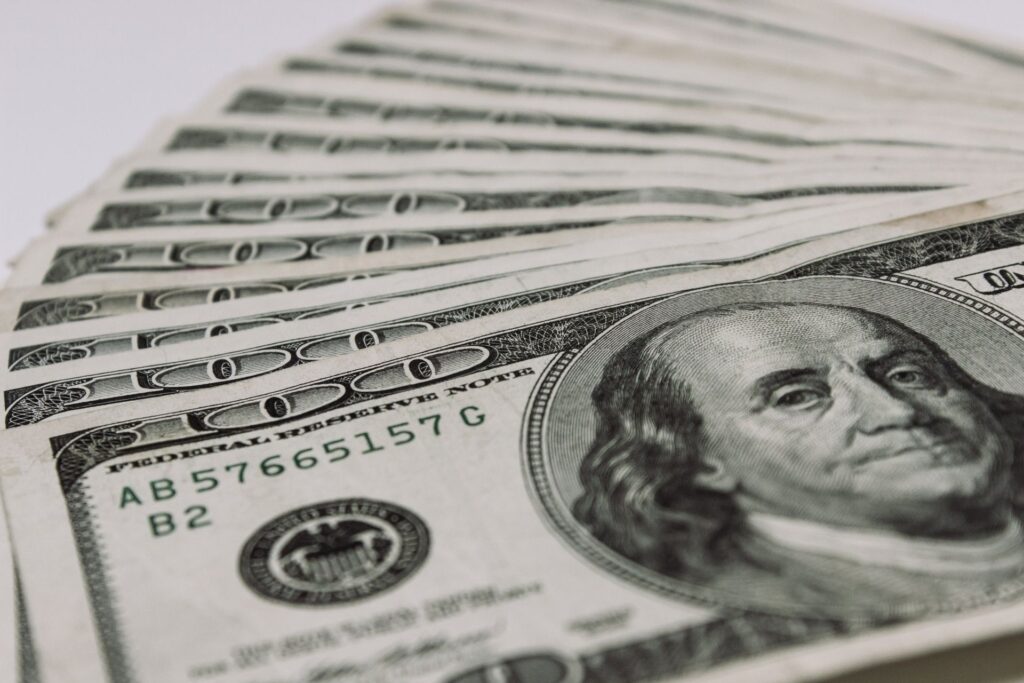
7. **Early Account Closure Fees**Banks, it seems, can be a bit like a clingy ex: they penalize you for leaving too quickly! Early account closure fees are a real thing, and they can sting if you’re not aware of the rules. Just when you think you’re tidying up your finances by closing an unused account, you might get hit with an unexpected charge. It’s another example of banks making a profit from account lifecycle management, often without clear upfront warnings.
The problem is, some banks will charge you a fee if you close your account within a specified amount of time after opening it. This period usually varies between 90 to 180 days. So, if you open an account, decide it’s not for you after a month or two, and try to close it, you could be in for a surprise. These early closure penalties can range from $25 to $50, which is a pretty hefty price to pay for simply changing your mind or finding a better banking option.
These timing penalties can hit you at the most inconvenient times. For instance, someone might switch jobs and open a new account with her employer’s preferred bank. If she then closes her old account after just two months, she’ll trigger an early closure penalty. It’s like being punished for trying to be financially smart and efficient! It’s essential to understand that not just checking and savings accounts but even Certificates of Deposit (CDs) have early withdrawal penalties, which can be much stiffer and even reduce your principal. While we’ll dive into CD penalties later, it’s worth noting that the ‘early closure’ concept applies broadly.
How do you protect your accounts from these tricky fees? Simple prevention is key! Always maintain accounts past the minimum required periods before attempting to close them. Before opening any new account, do your research to see if there’s an early closeout fee. If there is, make a mental note (or a real one!) that you’ll need to keep that account open for the required duration to avoid the fee. Knowing these terms and conditions upfront will save you from unexpected financial surprises down the line. Keep that money in your pocket, not in the bank’s fee pile!
Read more about: Navigating the Shifting Sands: Why 9 Beloved Fast-Casual Chains Are Facing Customer Dissatisfaction and What It Means for the Industry’s Future

8. **Dormant Account Charges**Ever had an old bank account just chilling there, doing absolutely nothing? Well, guess what? Even that inactive account can be a money pit! Banks love to penalize you for both leaving *too quickly* and for sticking around *too long* without any action. This is where dormant account fees come in, silently chipping away at your balance when you’re not looking.
These “inactivity charges” typically kick in after your account has been snoozing for 12 to 24 months without any transactions. These fees can cost you anywhere from $5 to $15 *monthly*! Imagine, a forgotten account with a small balance, and suddenly, poof, it’s empty. Banks profit from every stage of your account’s life, or lack thereof.
The real-world examples here are heartbreakingly common. Picture a service member deploying overseas, completely focused on their mission. Upon their return, they discover their account has silently accumulated *hundreds* of dollars in dormant fees. It’s a cruel twist, turning a forgotten asset into a financial drain!
So, how do you keep these pesky dormancy fees from turning your idle cash into bank profit? The simplest way is to not open more accounts than you can realistically keep track of. A tiny automatic transfer, even $5 monthly, can keep that account active and fee-free! If you’re heading for an extended absence, schedule automatic transfers. Also, consider consolidating multiple unused accounts. Contact banks about military service exemptions, and set calendar reminders for minimum activity periods. Your money stays with you!
Read more about: The Dark Underbelly of Stardom: 14 Celebrities We Worshiped Who Are Now Tarnished
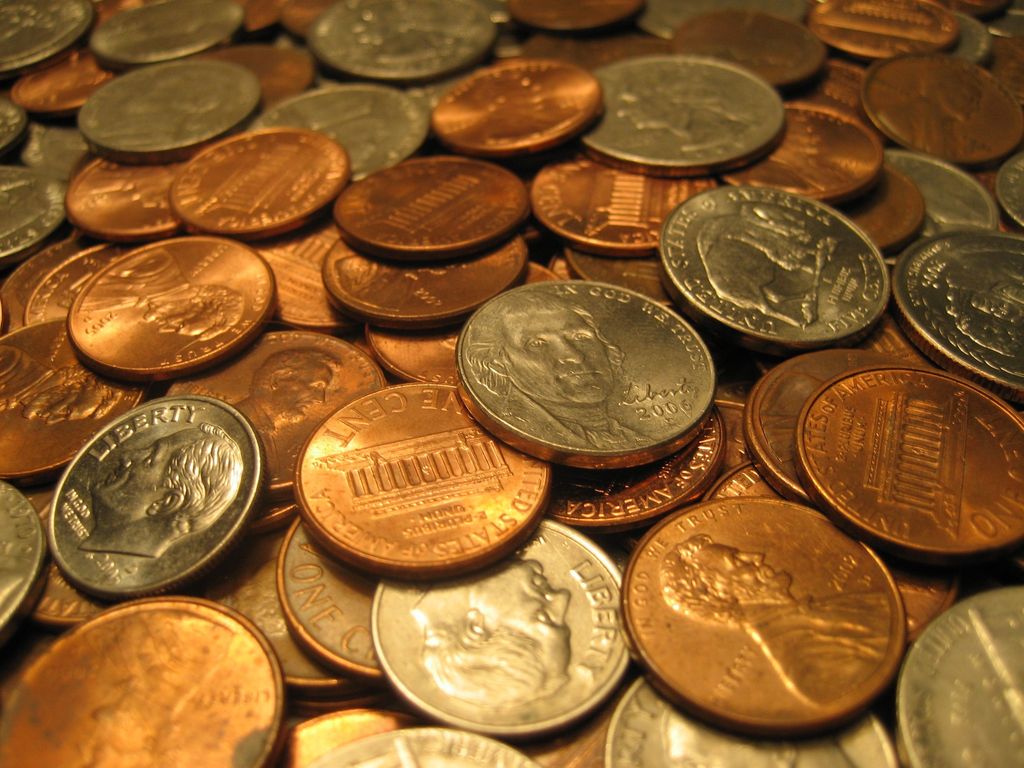
9. **Foreign Transaction and Currency Exchange Fees**Planning an epic international adventure or just splurging on something cool from an overseas online retailer? Hold up, because your bank might be silently adding extra charges! Foreign transaction fees are those sneaky costs that pop up whenever you use your card for purchases outside your home country, or from international websites.
These hidden international charges usually add a not-so-sweet 2.5% to 3% to your purchases. Spend $1,000 on vacation, and your bank could tack on an extra $25-$30 for no reason other than you dared to shop globally. And it gets even wilder! If a merchant terminal abroad offers “dynamic currency conversion,” resist it. They’re usually offering unfavorable exchange rates and adding extra fees. It’s a total rip-off!
Let’s talk real-world pain. Imagine a traveler spending thousands in Paris, only to return home and find hefty foreign transaction fees piling up. If they unknowingly accepted dynamic currency conversion, they’ve paid more for a worse deal. Even if you’re not jet-setting, a streaming subscription processed through a foreign subsidiary can quietly add unexpected charges to your statement month after month. It’s like a tiny, persistent financial leak!
But don’t despair, globe-trotters! You can totally outsmart these fees. The ultimate secret weapon? Travel-focused credit cards! Many offer zero foreign transaction fees and often come with better fraud protection. Also, a growing number of online banks are waiving international fees as standard features. It’s a game-changer! Always decline dynamic currency conversion. Notify your bank of travel dates. Use airport ATMs sparingly. A little research saves a bundle!
Read more about: Tens of Thousands of Epstein Emails Unearthed: A Deep Dive into the Architect of a Shadow Network
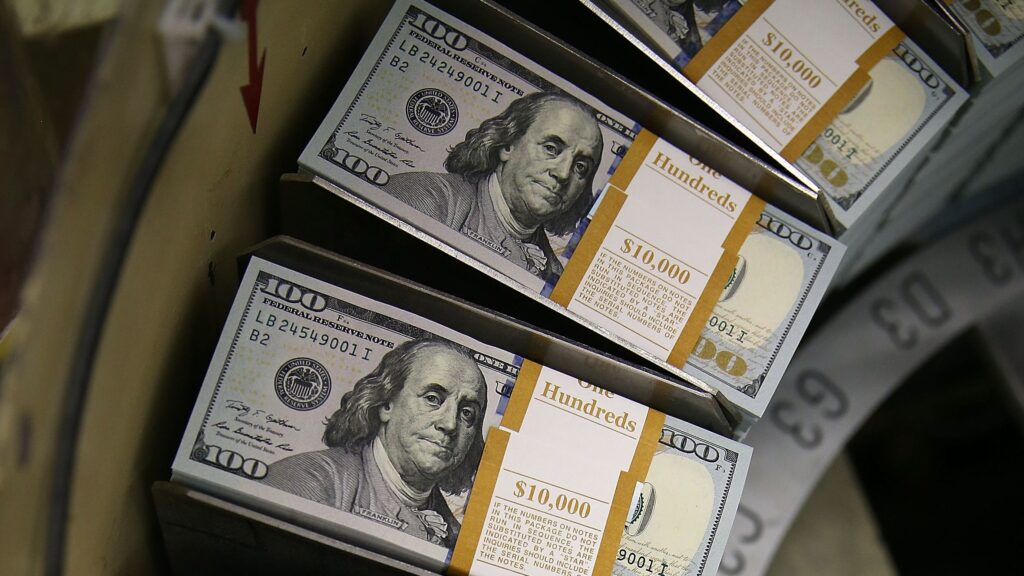
10. **Card Replacement Fees**Oops! Did your debit or credit card decide to go on an unplanned adventure without you? Or maybe it just met an unfortunate end in the washing machine? While the immediate panic is about getting a new card ASAP, many banks see this as another opportunity to ding your wallet with a card replacement fee. It’s an unexpected cost for what feels like a basic necessity.
It seems like a minor thing, right? Your card is lost or damaged, and you just need a new one. But some financial institutions will charge you a fee just to send you that shiny new piece of plastic. These fees can vary, but they’re definitely not a fun surprise, especially when you’re already stressed about a lost card or potential fraud. It’s another example of how banks manage to squeeze a few extra bucks out of everyday hiccups.
The real impact often hits hardest when you’re already in a tough spot. Losing your card while traveling means not only the inconvenience but also the added stress of a replacement fee. Or, after dealing with fraud, getting hit with a fee for the new card just feels like adding insult to injury. It covers the cost of manufacturing and shipping, plus pure profit for the bank.
So, how do you dodge this annoying charge? First, if you’ve just misplaced your card, many banks let you “freeze” it temporarily through their mobile app. This prevents suspicious activity without canceling it, meaning no replacement needed if you find it! If a replacement is truly unavoidable, check if your bank offers free replacements. Some premium accounts might include this perk. Also, consider relying more on digital wallets to reduce dependence on physical cards. Keep that physical card safe!
Read more about: The Sweet Deception: Unmasking 15 ‘Healthy’ Foods Secretly Loaded with Sugar That Are Wrecking Your Diet

11. **Overdraft Protection Charges**Remember how we talked about avoiding those hefty overdraft fees by linking your accounts for overdraft protection? Well, plot twist! Sometimes, the very solution designed to save you money can come with its own hidden cost. Overdraft protection is great because it automatically transfers funds from a linked account to cover a transaction that would otherwise overdraw your checking, saving you from a bigger fee. But guess what? It’s not always free!
While this service can prevent those cringe-worthy $35 overdraft charges, some banks will charge you a separate fee *every time* that transfer happens. It’s like paying for a financial safety net, but each time you fall, there’s a small fee for the cushion. The cost of this protection varies wildly between institutions. It’s another layer of complexity in what should be a straightforward protective measure.
Imagine this: you’ve smartly linked your savings to your checking. But then, a few small purchases and an automatic bill push your account negative. Instead of one big overdraft fee, your bank transfers funds from savings a few times, hitting you with a $5 or $10 overdraft *protection* fee for each transfer. Suddenly, you’re paying for the ‘privilege’ of avoiding an even bigger charge!
The good news is, you absolutely have options to keep this fee from sneaking up on you. One simple approach is to completely opt out of the service if your bank charges for it. Your card might get declined, but that’s often better than paying for the protection itself. It might save you from spending money you don’t have, without incurring extra fees.
Another savvy move: find a bank that offers genuinely free overdraft protection. Many forward-thinking banks won’t charge you for linking accounts or making those protective transfers. If you stick with a bank that charges, be extra mindful of maintaining sufficient minimum balances in your linked account to prevent those transfers from happening! Knowledge truly is power here.
Read more about: Beyond Convenience: 8 Bills Financial Experts Say You Should Never Autopay
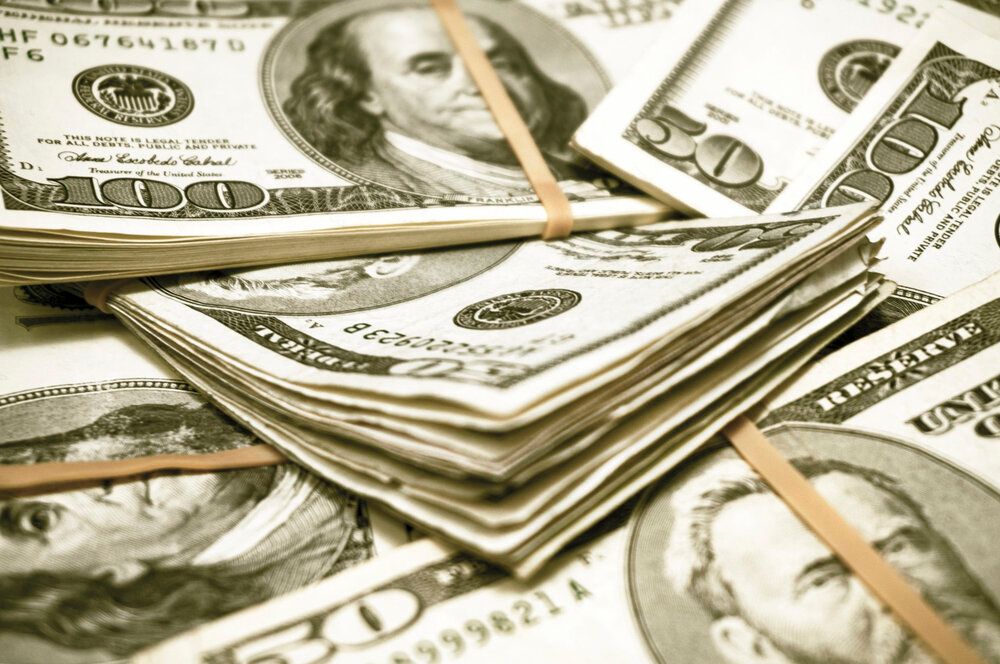
12. **CD Early Withdrawal Penalties**Okay, so you’ve been super disciplined and parked your money in a Certificate of Deposit (CD) to earn some sweet interest. CDs are fantastic for long-term savings goals, but they come with a big “don’t touch me!” warning label. If you decide you need that money *before* the CD’s term is up, brace yourself for a financial slap on the wrist: early withdrawal penalties.
These penalties aren’t just a gentle nudge; they can be downright brutal, often eating significantly into your interest gains and, in some cases, even cutting into your original principal! For short-term CDs, the penalty is typically around 90 days of interest. But if you’ve committed to a longer-term CD, like a 5-year one, you could be looking at a much stiffer penalty, sometimes as high as 540 days of interest. Ouch!
Imagine you suddenly face an unexpected medical bill or major home repair, and your carefully saved CD is the only cash. You might be forced to withdraw early, only to find a chunk of your interest (or worse, principal!) vanishes due to the penalty. Some banks don’t even allow partial withdrawals, forcing an all-or-nothing scenario. This truly underscores the importance of being absolutely sure about your timeline.
So, how do you avoid this financial heartbreak? The absolute best way is to play detective with your own future: determine exactly when you’ll need your money *before* you even think about opening a CD. If there’s any uncertainty, a CD might not be your best bet. Think of it as a commitment; once you’re in, you’re in for the long haul.
If you suspect you *might* need access to your cash earlier, consider smarter alternatives. High-yield savings accounts offer flexibility and still earn decent interest. Another fantastic option is a “no-penalty CD” or a “liquid CD” – these babies offer CD-like rates but allow you to withdraw your money after a certain period without penalty. You might earn a smidge less interest, but the peace of mind is priceless!
Read more about: The Enduring Arc: A Comprehensive Examination of Donald Trump’s Business and Political Trajectory
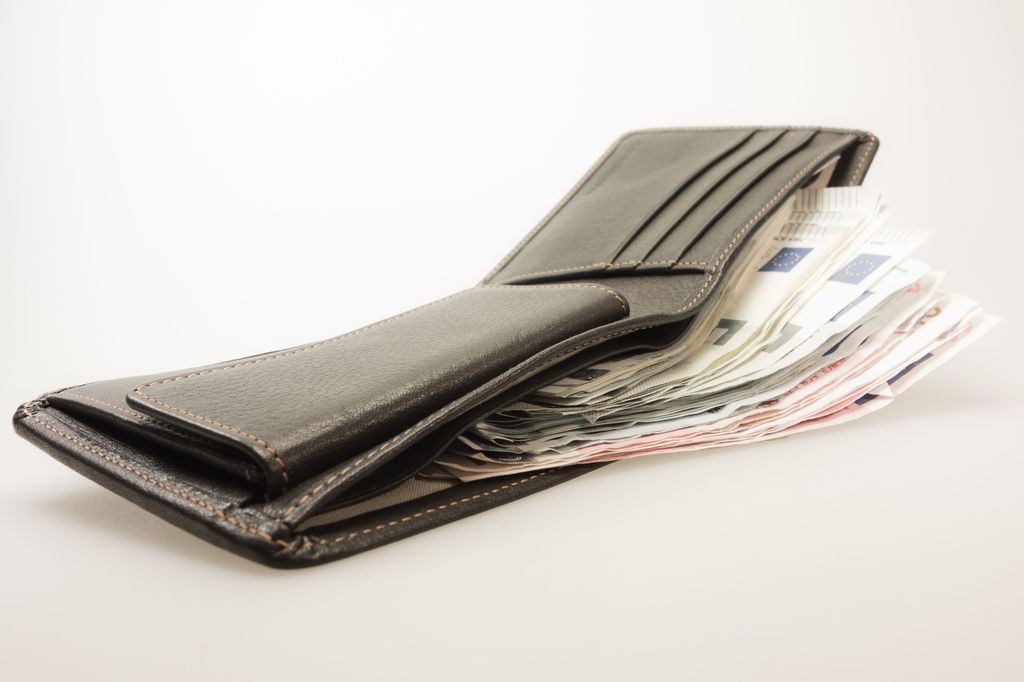
13. **Online Access Fees**Welcome to the 21st century, where everything is digital, instant, and… sometimes still comes with a surprise fee for merely existing online? Yep, some traditional banks are still stuck in the past, charging customers for the “privilege” of using their online and mobile banking services. In an age where digital interaction is the norm, it feels a bit like paying for electricity every time you flip a light switch!
These fees aren’t always front and center; they can be subtly disguised as “remote banking fees” or similar vague terms. Whether it’s making a wire transfer through their portal, setting up online bill pay, or even just checking your balance via their app, some institutions will ding you for what should be standard, free services. It’s particularly frustrating for small business owners, who rely heavily on online banking.
Think about the absurdity: you’re encouraged to go paperless, use the app, and handle everything digitally for convenience, only to find that the very act of logging in or making a virtual payment costs you money. Imagine a small business owner regularly checking balances and transferring funds online, accumulating multiple small “online access” charges that quickly add up. It’s a prime example of how traditional banking can profit from expected basic, free functionality.
So, how do you escape this digital money trap? It’s time to demand better! The easiest way is to actively seek out financial institutions that truly embrace the digital age without extra charges. Many modern banks and payment service providers proudly offer genuinely free online and mobile banking, understanding these are essential tools for today’s consumers. Don’t settle for less! You deserve to bank smarter, not harder (or costlier!).
Read more about: Signal Lost? Expert Tips and Apps for Seamless Offline Navigation on Your Next Road Trip
14. **Account Research Fees**Ever found yourself scratching your head over a mysterious transaction on your statement? Or maybe you needed an old statement for tax purposes or a loan application? While contacting your bank for help seems like a natural next step, prepare yourself: some banks might hit you with an “account research fee” for the privilege of them looking into your *own* financial history. Talk about adding insult to inquiry!
These fees pop up when you request copies of past statements not readily available online, or when you ask your bank to investigate a specific transaction. The cost can vary, sometimes based on how many paper statements you need, how far back, or even how much time the bank spends. It’s an unexpected charge for what many would consider basic customer support.
Consider a frantic homeowner tracking a payment from two years ago, only to learn their bank charges $10 per statement copy beyond the last 12 months, plus an hourly research fee. Or an individual discovering fraud and needing the bank to dig deep, only to be billed for the investigation itself. These fees can quickly accumulate, turning a simple query into a costly endeavor, especially during stressful situations.
So, how do you steer clear of this particular money drain? Prevention is your absolute best friend! Embrace the digital age and make a habit of downloading and saving digital copies of your bank statements as soon as they’re available each month. Most online banking portals allow PDF downloads, easy to store and access without needing to bug the bank.
Regularly tracking your account activity is crucial. Set up alerts for any unusual transactions, and review your statement carefully each month. The faster you catch a discrepancy, the less “research” is needed, and the lower your chances of incurring these fees. Keep your financial records tidy, and you’ll keep more cash in your pocket!
**Stop Sneaky Bank Fees and Reap the Rewards**
Phew! Who knew banking could be such a maze of hidden charges, right? But here’s the brilliant part: you’re now armed with the ultimate superpower—knowledge! Those sneaky bank fees don’t have to be an inevitable part of your financial journey. They’re simply profit streams that banks have cleverly established, often preying on customers who aren’t in the know. But you? You’re officially ‘in the know’!
There are tons of fantastic alternatives and clever workarounds for every single fee we’ve chatted about today. You don’t have to wait; you can start implementing these strategies right now to protect your hard-earned cash. Your first mission, should you choose to accept it, is to take a deep dive into your last six months of bank statements. Circle every fee you spot, tally up your annual costs, and then hit the internet to research fee-free alternatives in your area. You’ll be amazed!
Read more about: Your Family’s Ultimate Money Makeover: 14 Essential Budget Categories You Can’t Afford to Ignore!
Many savvy customers are saving a whopping $200 to $500 yearly—sometimes even more!—just by making the switch to consumer-friendly credit unions or innovative online banks that prioritize transparency over tricky fees. Your banking relationship should be a powerful tool that *builds* your wealth and gives you peace of mind, not a sneaky drain that constantly siphons it away. So go forth, be financially fierce, and keep that money where it belongs: securely in *your* pocket!




